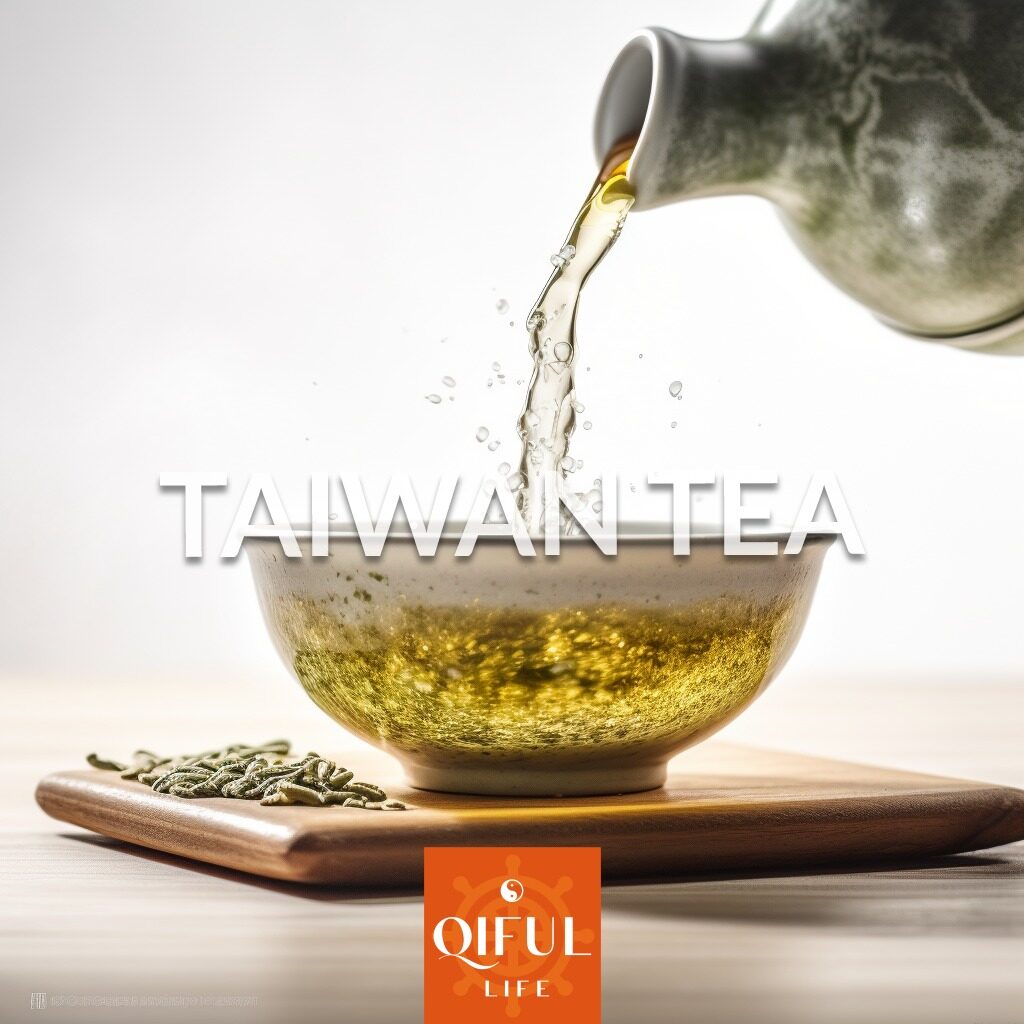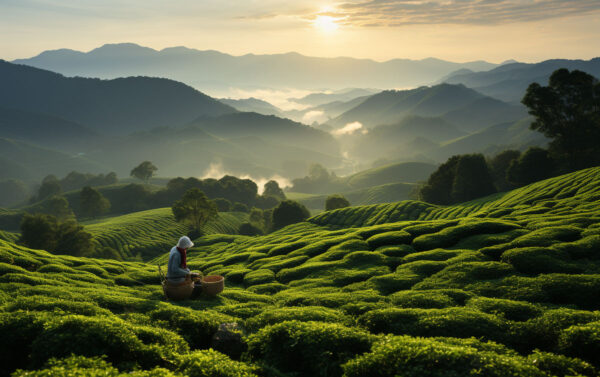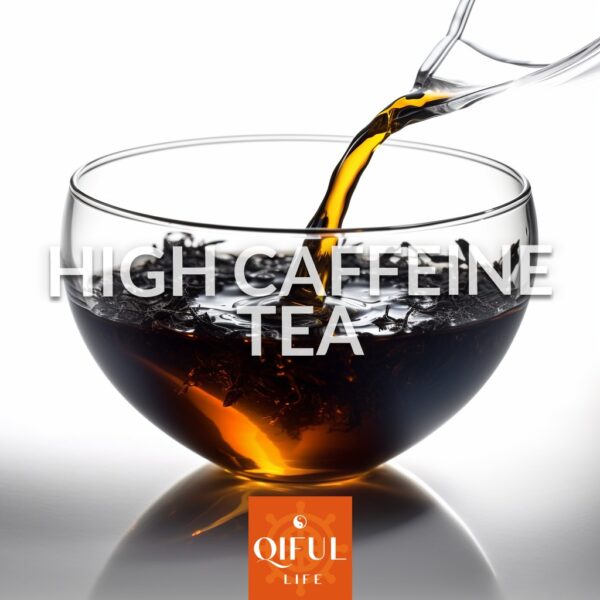Gourmet Tea » Tea Blog » Tea Information » A Complete Guide to Taiwan Tea

A Complete Guide to Taiwan Tea
Taiwanese tea consists of primarily premium grown Oolongs and black teas from the island of Taiwan. Many associate Taiwan with high mountain Oolong, but Taiwan tea also includes Oolong, Black, and Green Tea. The island produces certain white tea varieties like Bai Mu Dan.
Taiwan Tea Regions Table
| Tea Area | Altitude (m) | County/City | Description |
| Alishan | ~1,200 | Chiayi | Alsishan is the most famous tea region in Taiwan, known for producing high mountain Oolongs. |
| Shanlinxi | ~1,600 | Nantou | Shanlinxi is Taiwan’s premier green tea and bug bitten black tea production area. |
| Lishan | 2,000–2,500 | Taichung | Famous premium fruit production for use in teas such as “Pear Oolongs.” |
| Huagang | 2,200–2,400 | Taichung | Very pure mountain streams leading to multi layered, high end Oolongs. |
| Dayuling | 2,200–2,500 | Hualien (near Nantou border) | Very crisp and high mountain tasting Oolongs. Very underrated in the Oolong world. |
| Fushoushan | 2,200–2,500 | Taichung | Fushoushan is better known for its apple production but is also known for its premium Oolongs similar to Lishan. |
| Yushan | 1,200–1,800 | Nantou (Xinyi, Shuili) | High Mountain Oolong and Black Tea production area. |
| Muzha | ~300–500 | Taipei | Home of Roasted Tieguanyin with distinctive charcoal roasting. |
| Wenshan | ~400–800 | Taipei (Wenshan District) | Produces Baozhong (Pouchong) – a lightly oxidized and floral Oolong somewhere between a green tea and an Oolong. |
| Miaoli | ~300–800 | Miaoli County | Known for Oriental Beauty, an insect bite Oolong with medium oxidation. |
| Tai Dong | ~500–800 | Taitung County | Produces Red Oolong, a semi-oxidized tea with unique sweetness. |
| Sun Moon Lake | ~600–800 | Nantou | Region famous for Assam hybrids, Sun Moon Lake black tea and Taiwanese Ruby Red #18 black tea. |
Alishan ranks as the most famous tea production area in Taiwan. Its high mountain Oolongs are widely used in boba brands. However, Fushoushan and Lishan surpass Alishan in High Mountain Oolong quality.
Wenshan District, southeast of Taipei, stands out for its Wenshan Baozhong (Paochung) and Muzha Tieguanyin.
Shanlinxi excels in honey-flavored black tea. Insects bite the tea leaves, creating a sweet, honey-like scent. Sun Moon Lake is also known for black tea, producing Ruby Red Number 18 and Sun Moon Lake Black Tea. The southeastern area, Taidong (Taitung), produces Red Oolong.
Sanxia is the core area for Taiwan green tea, known as Biluochun.
Taiwan Tea Types
Taiwan tea types and varieties span across Oolongs, Black, Green and White tea varieties. Below is a list of some of the most popular Taiwanese tea types.
- High Mountain Oolong
- Bug Bitten Black Tea
- Red Oolong
- Roasted Oolong
- Dongding
- Oriental Beauty
- GABA
- Biluochun
Taiwan High Mountain Oolongs
Black Teas from Taiwan
Bug Bitten Black Tea from Sanlinxi is a popular black tea variety on the island. It’s our personal favorite. Ruby Red (Black) Number 18 and Assam come from the Sun Moon Lake region. Taidong’s Red Oolong variety mix since the area produces both types.
Green Tea from Taiwan
Taiwan produces only one type of Green tea, Biluochun. Some farmers are experimenting with non-oxidized high mountain Oolongs to enter green tea production, but these attempts don’t match Biluochun’s taste or quality. Despite this, some claim the island produces other green teas, but we disagree based on quality.
GABA Tea
GABA Tea gained popularity in Japan from 2008 to 2012 and later spread to Taiwan. However, the quality varies widely, and most Taiwanese producers don’t meet the standard of 150 mg of gamma-butylaminobutyric acid per 100 grams of dry weight.
White Tea
While Taiwan isn’t famous for White tea, the island produces small amounts of cultivars like Bai Mu Dan. Similar to Fu Jian province, known for white tea, Taiwan has environments capable of producing sweet white tea.
Aged Tea
It is an open secret that Taiwan is home to aged tea storage. This can best be documented in the history and development of Puerh tea in this book. Most aged Puerh tea from Mainland China is stored in the island.
Popular aged tea varieties from Taiwan include aged Dong Dings ranging from 20-40 years old and 50-70 year old Rock Tea.
Background of Tea Production in the Island
Taiwanese tea production began in the 1700s, focusing on non-fermented and non-oxidized varieties. Tea trees came from Fujian province, with exports mainly to Europe. By the 18th and 19th centuries, exports of Baozhong varieties expanded to Southeast Asia and Africa, according to The General History of Taiwan (臺灣通史).
Challenges in the Taiwanese Tea Industry
Typhoons pose the biggest challenge to the Taiwanese tea industry. From May to October, frequent typhoons cause excessive flooding, making quality control and production access harder. This issue has raised tea prices, with Taiwanese teas now costing more than Chinese crops.
The Rise of Boba
Since 2016, more Taiwanese farmers have shifted their supply to bubble tea brands as these brands expanded worldwide, especially in North America and Europe. To combat this, farmers are moving bubble tea leaf production to Indonesia and Vietnam, reserving local crops for higher-profit products.
FAQ: Why is Taiwan a Popular Tea Area?
Taiwan is famous for producing organic, single-origin teas, mostly free from pollution. The island enforces stricter farming standards than neighboring tea-producing regions.






